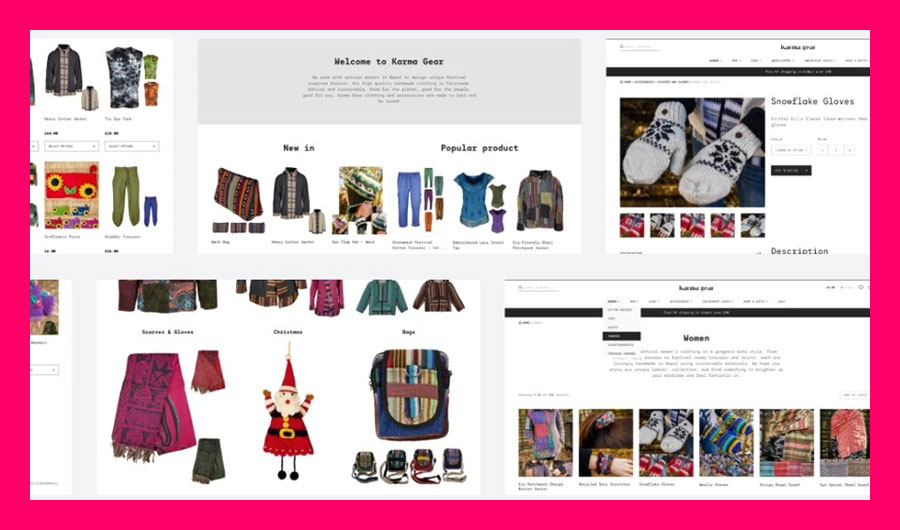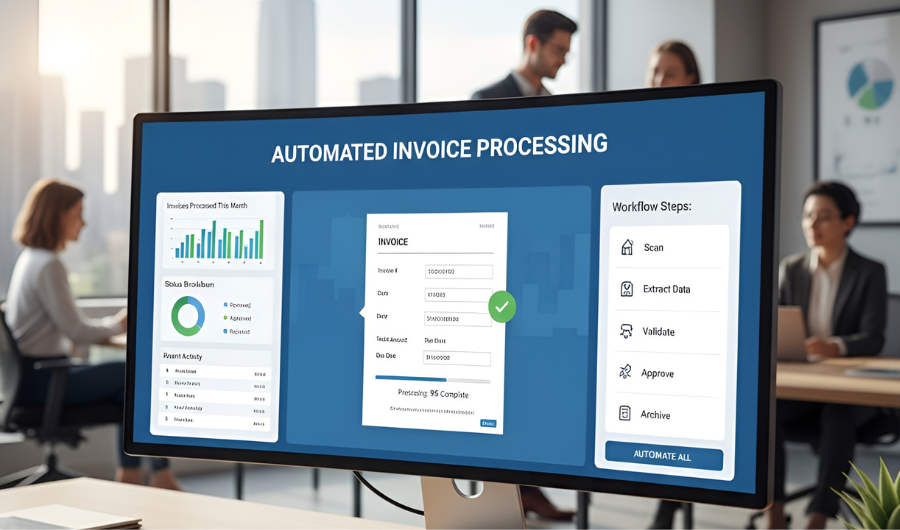
The Power of Email Design and A/B Testing in Email Marketing
Email marketing is among the most popular methods of reaching the audience and achieving significant results across different businesses. However, composing one email which will be received by all the subscribers at a particular period may be difficult. This is where the A/B testing, also known as split testing, comes in handy to help businesses determine their best next steps after finding the email address list that can give the best results and responses. This way, through creating several variations of an email, marketers can discover which components cause users to react more actively and yield improved outcomes. In this article the author will look at how and why A/B testing is essential in email marketing, the dos and don’ts of A/B testing.
What is A/B Testing in Email Marketing?
In A/B testing used in email marketing, you create two or more versions of an email and send to different portions of the list to check the performance of each. The variations could be in the subject line of the mail, the content of the mail, the images used, the link or button which urges the recipient to act or the overall layout which might influence the recipients’ decision. Instead, performance variables including the open rate, click through rate, and conversion rate can be used to assess the relative ‘goodness’ of different parts of an email and incorporate these in ensuing mailings.
Why Does A/B Testing Matter?
A/B testing is critical in refining email marketing strategies. Here’s why:
- Improved Engagement: By testing different versions of an email, marketers can identify which elements drive higher engagement. This can lead to more opens, clicks, and conversions.
- Data-Driven Decisions: Rather than relying on guesswork, A/B testing provides concrete data on what works and what doesn’t. This ensures that future campaigns are built on proven strategies.
- Increased ROI: Email marketing is a cost-effective strategy, and A/B testing can help maximize the return on investment by fine-tuning emails to generate better results.
- Personalization: Understanding what resonates with different segments of your audience allows for more personalized and relevant email content. A/B testing can reveal preferences that vary across demographics, leading to more tailored and effective communications.
How to Do A/B Testing in Email Marketing
For A/B testing to produce a correct outcome, significant steps must be followed to achieve the right results. Now let’s take a closer look at how you can actually implement A/B testing correctly so you can harness its power in your email marketing.
Set a Goal

When getting ready for testing, it is crucial to have a goal defined beforehand. What are you expecting to gain out of this A/B test? Your objective could be to raise the open rate, to enhance the click- through rate or even enhance the conversion rate. An objective is to be set as a clear goal to help focus the test, thus, making the findings beneficial.
Form a Hypothesis
Having put a goal in mind, you then need to come up with a hypothesis. A hypothesis is a best hypothesis about what changes might work for better performance. That is, if your objective is to raise the click-through rate of your advertisement, your hypothesis can be that people will click more on an advert with a red call-to-action button than one with a blue call-to-action button.
Do the Testing
Armed with your hypothesis in mind, it is now time to perform the test. Randomly creating two (or more) distinct segments of your email list and sending each segment a distinct email is the best method. Indeed, some of the basic requirements while segmenting the market are that the segments should be homogeneous in terms of size and demographic characteristics.
During testing phases, monitor KPI that are related to the set goal. These may be in the form of opens, click through rates, or conversion rates among others.
Implement the Findings
Once the test is completed, evaluate the outcome in an attempt to determine which variety of the email was more effective. If the results are in favor of the hypothesis, then it will be suggested to adopt the winning element in future advertising campaigns. But if the outcome is still ambiguous or negative to your hypothesis, then, you may need to tweak your mode and conduct another experiment.
Testing and tracking will help you identify areas that need to be refined for consistent growth in your email marketing campaign.

The Right and Wrong Way to Do Email A/B Testing
While A/B testing can be highly effective, there are right and wrong ways to approach it. Understanding these can help you avoid common pitfalls and ensure that your tests yield useful insights.
The Right Way
- Test One Variable at a Time: Conduct research with only one independent variable at a time. When a single component of an email – the subject line, the CTA, or the layout – is tested, it safeguards the possibility of pinpointing a change in performance directly to the tweaked variable.
- Use a Significant Sample Size: Make sure that your sample size of the email list is big enough to give accurate results of statistical nature. In the current study, a limitation worth mentioning is like; a small sample size could potentially lead to preconceived inference.
- Allow Adequate Testing Time: One pitfall arising from the process of test automation is that if one rushes a test it yields misleading results. Let the test run for enough time so that one or the other representative data would be caught.
The Wrong Way
- Testing Multiple Variables Simultaneously: The problem of analyzing results is that its multiple components might be tested simultaneously, which makes it challenging to isolate the reason why there was any change in the result.
- Changing Variables Mid-Test: When a test is launched it means that the elements have been tested so it is advisable not to change these elements. This can compromise the results in a big way.
- Failing to Act on Results: The information or knowledge which is derived out of ‘A/B Testing’ is fruitful if and only if it is used. Use the results in your email marketing plan to maintain the growth of your campaigns.
Conclusion
A/B testing is a very useful technique that can definitively improve the result of your email marketing campaign. Through a combination of divided testing of all elements of the emails you can make better decisions with regards to the outcomes and so experience increased results on engagement, conversions and results to investment ratios. But in order to run successful A/B testing, certain planning as well as analogy and execution steps have to be undergone. The tips that should be adopted when conducting A/B tests include a single change at a time and larger sample size which help to get the most out of it. Finally, it is crucial to recognize that A/B testing is not a one and done type of task but a steady process that can enhance your email marketing approach with each new iteration.
Also read: 7 Crucial Content Marketing Tools – Every Marketer Needs






